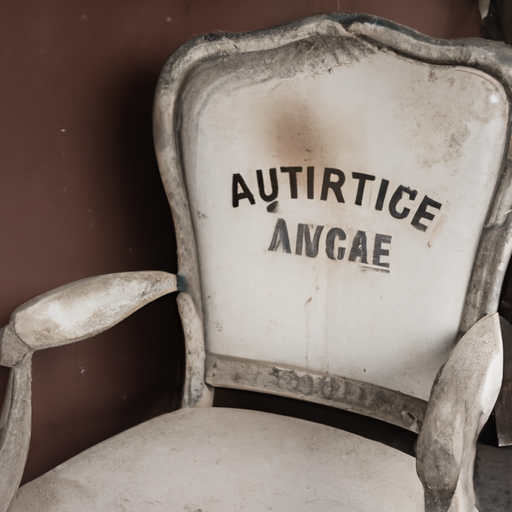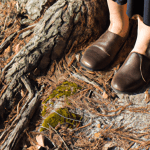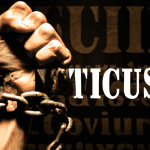What Was Once Used as a Disinfectant in Salons, But is Now Unsafe?
In the past, salons used a variety of disinfectants to ensure a clean and hygienic environment for their clients. However, as our understanding of safety and health has evolved, one particular disinfectant that was once commonly used in salons is now considered unsafe. This article will explore the history of this disinfectant and why it is no longer recommended for salon use.
The disinfectant in question is known as formaldehyde. Formaldehyde is a colorless gas with a strong, pungent odor. It was widely used in the past as a disinfectant due to its ability to kill bacteria, viruses, and fungi. Salons used formaldehyde-based products to sanitize tools, such as combs, brushes, and scissors, as well as to disinfect surfaces.
However, over time, research has shown that formaldehyde poses significant health risks. Prolonged exposure to formaldehyde can cause a range of health problems, including respiratory issues, skin irritation, and even cancer. It is classified as a known human carcinogen by the International Agency for Research on Cancer (IARC).
As a result of these findings, regulatory bodies and health organizations have taken action to restrict or ban the use of formaldehyde in salon settings. Many countries have implemented regulations that limit the concentration of formaldehyde in salon products, while others have banned its use altogether.
The dangers of formaldehyde exposure extend not only to salon workers but also to clients who may be exposed to the chemical during salon treatments. It is essential for salon owners and professionals to prioritize the safety and well-being of their clients by using alternative, safer disinfectants.
Fortunately, there are now numerous effective and safe alternatives to formaldehyde-based disinfectants available in the market. These alternatives are designed to kill germs and ensure a clean environment without posing health risks. Some common alternatives include hydrogen peroxide, quaternary ammonium compounds, and alcohol-based disinfectants.
Salon owners and professionals should carefully review the ingredients of the disinfectants they use and ensure they comply with the latest safety regulations. It is also crucial to follow proper disinfection protocols, including thorough cleaning, disinfecting, and sterilizing of tools and surfaces.
In conclusion, formaldehyde was once commonly used as a disinfectant in salons but is now considered unsafe due to its potential health risks. The beauty industry has evolved, and safer alternatives to formaldehyde-based disinfectants are now available. It is essential for salon owners and professionals to prioritize the health and safety of their clients by using these safer alternatives and following proper disinfection protocols. By doing so, they can create a clean and hygienic environment for their clients while minimizing the risk of harm.




